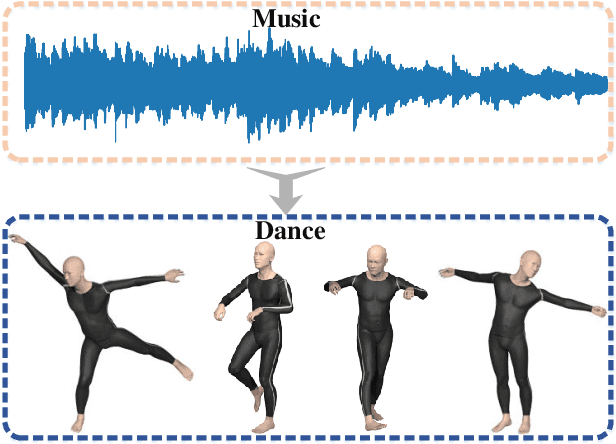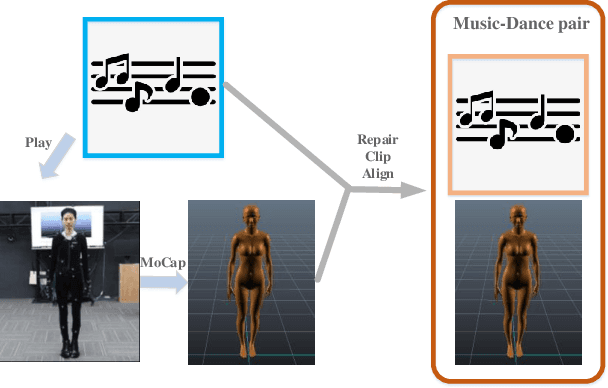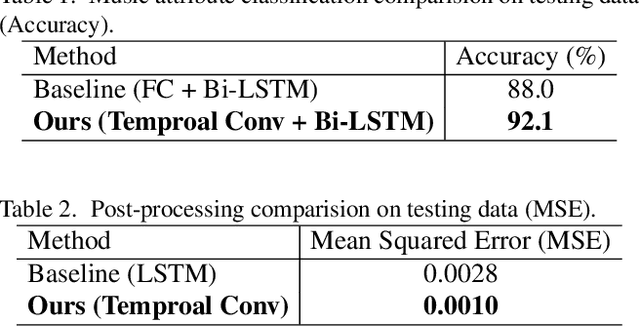Wenlin Zhuang
CSTalk: Correlation Supervised Speech-driven 3D Emotional Facial Animation Generation
Apr 29, 2024Abstract:Speech-driven 3D facial animation technology has been developed for years, but its practical application still lacks expectations. The main challenges lie in data limitations, lip alignment, and the naturalness of facial expressions. Although lip alignment has seen many related studies, existing methods struggle to synthesize natural and realistic expressions, resulting in a mechanical and stiff appearance of facial animations. Even with some research extracting emotional features from speech, the randomness of facial movements limits the effective expression of emotions. To address this issue, this paper proposes a method called CSTalk (Correlation Supervised) that models the correlations among different regions of facial movements and supervises the training of the generative model to generate realistic expressions that conform to human facial motion patterns. To generate more intricate animations, we employ a rich set of control parameters based on the metahuman character model and capture a dataset for five different emotions. We train a generative network using an autoencoder structure and input an emotion embedding vector to achieve the generation of user-control expressions. Experimental results demonstrate that our method outperforms existing state-of-the-art methods.
Music2Dance: DanceNet for Music-driven Dance Generation
Mar 10, 2020



Abstract:Synthesize human motions from music, i.e., music to dance, is appealing and attracts lots of research interests in recent years. It is challenging due to not only the requirement of realistic and complex human motions for dance, but more importantly, the synthesized motions should be consistent with the style, rhythm and melody of the music. In this paper, we propose a novel autoregressive generative model, DanceNet, to take the style, rhythm and melody of music as the control signals to generate 3D dance motions with high realism and diversity. To boost the performance of our proposed model, we capture several synchronized music-dance pairs by professional dancers, and build a high-quality music-dance pair dataset. Experiments have demonstrated that the proposed method can achieve the state-of-the-art results.
 Add to Chrome
Add to Chrome Add to Firefox
Add to Firefox Add to Edge
Add to Edge